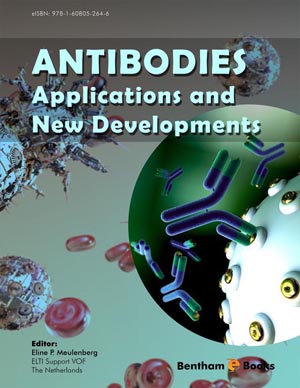Abstract
A simple version of immunochemical-based methods is the Lateral Flow Assay (LFA). It is a dry chemistry technique (reagents are included); the fluid from the sample runs through a porous membrane (often nitrocellulose) by capillary force. Typically the membrane is cut as a strip of 0.5*5 cm. In most cases, coloured colloidal nanoparticles serve as a label. The method is very user-friendly, as only the liquid sample has to be added. Results are available within 5-15 minutes and after evaluation of the signal by visual inspection, a desktop scanner with image analysis software, or a dedicated reader, the used strips can be discarded. With respect to the specificity, sensitivity and efficiency the technology is heavily dependent on the recognition of the analyte by the corresponding antibody. Lateral flow assays are mainly used for qualitative or semi-quantitative detection of (un)wanted substances in the biomatrix or the environment. The technology requires a minimum of resources and skills of the operator. Many applications already reached the market. We will address here a bit of history and the general principle of the technique, and critical parameters influencing the performance of the assay. Amongst those are the material of the membrane, the sample pad, the conjugate pad and the absorbent pad, properties of currently used labels, formats of the tests and properties of good recognition elements. Processing of the results will be discussed as well.
Keywords: Antibodies, Lateral Flow Immunoassays, Strip Tests






















